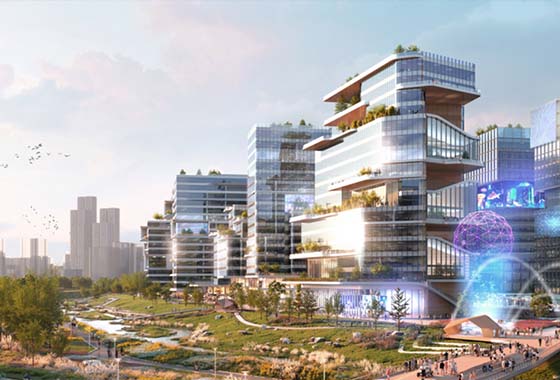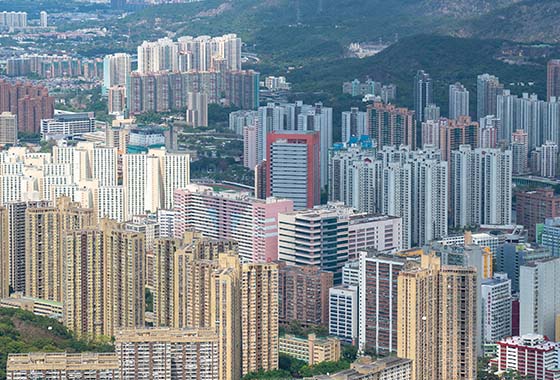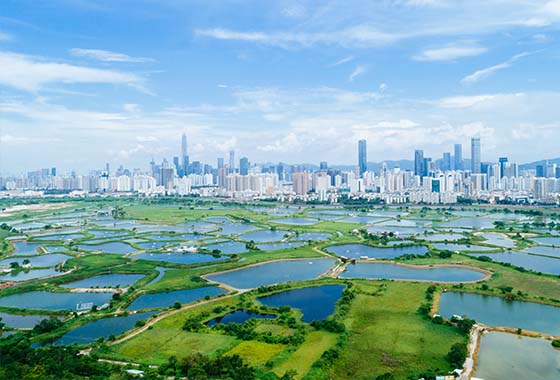Enhanced reclamation plan visionary, practical
This article appeared originally in the China Daily on 21 September,2018.
Authors: Francis Lui, adjunct professor in the Department of Economics at Hong Kong University of Science and Technology and a member of the research committee at Our Hong Kong Foundation
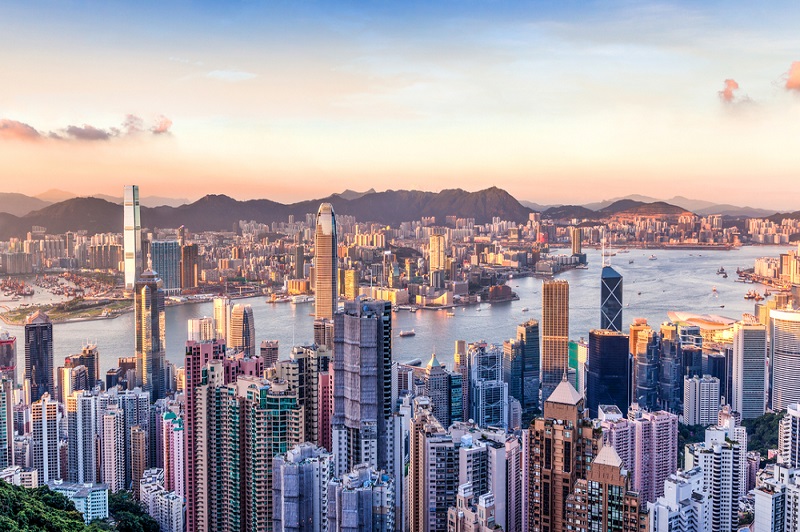
Francis Lui explains how the proposal to build a 2,200-hectare island is the best option for addressing the city’s critical housing shortage
In the face of the multitude of issues faced by Hong Kong — such as the acute shortage of land for housing and urban development, and the exorbitant property prices that arise as a result — the Enhanced East Lantau Metropolis (EELM), propounded by Our Hong Kong Foundation, of which I am a member of the research committee, is indeed the most visionary, ambitious yet practical proposal so far.The shortage of housing in Hong Kong has been a long-standing problem for decades. The queue for admission to public housing currently stands at around 300,000 applications, and Hong Kong’s average living space per person is merely 170 square feet — not much larger than the parking space for a private car.
There have been various proposals aimed at solving this problem, but the most comprehensive and most ambitious plan so far is the EELM. By virtue of its sheer size, it addresses both the needs of the present as well as the long-term future.
The core of the EELM is the construction through reclamation of an island measuring 2,200 hectares to the east of Lantau Island, embracing the four small islands in the area — Kau Yi Chau, Peng Chau, Hei Ling Chau and Sunshine Island — but kept apart from them with a clearance of 200 meters in order to preserve their original ecosystem. It is called Enhanced East Lantau Metropolis because it builds on the proposal made by the government to build the East Lantau Metropolis (ELM), comprising the construction of four islands measuring a total of 1,000 hectares.
According to the 2030+ proposal made by the government, Hong Kong needs 4,800 hectares of land to cater to its needs over the next two to three decades, and 3,600 hectares have already been identified. Now the enhancement of the ELM with the addition of 1,200 hectares of land meets the shortfall perfectly.
There has been much discussion and research on the issue of land shortages, including the recent consultation paper from the Task Force on Land Supply. However, good short-term measures that will effectively solve Hong Kong’s land problem have yet to emerge, and in addressing relatively minor issues, they often miss the bigger picture. Hence a holistic and proactive urban planning vision is needed.Not only is EELM a provider of residential and commercial space, it is also designed to be an integral part of Hong Kong’s future transport network.
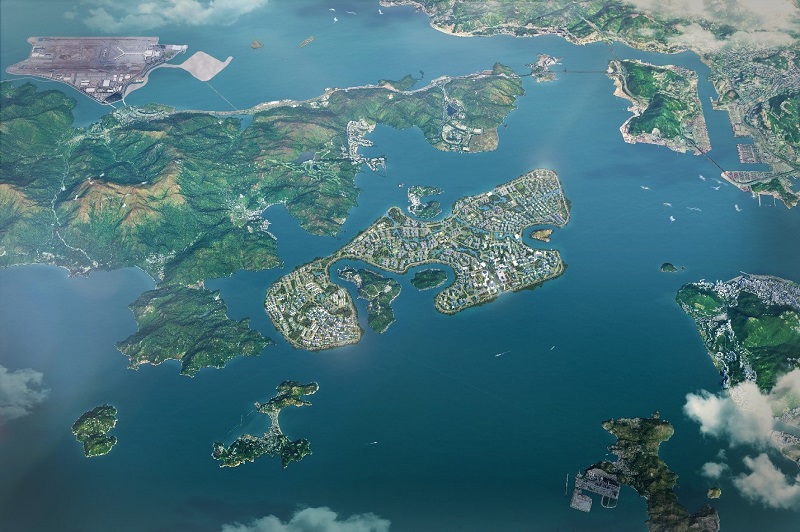
According to the proposal, the EELM will become a new hub linked by three undersea railway lines — connecting to Kennedy Town MTR Station, Mei Foo MTR Station, and to Tuen Mun through Lantau Island.
There will also be three highway links — one to Hong Kong Island through an undersea tunnel, one to Route 11, and one to the Hong Kong-Zhuhai-Macao Bridge.
To support the feasibility of the EELM proposal, detailed research has been conducted on the depth of sea, navigation routes, water currents and environmental concerns.
In the EELM proposal, this man-made island will accommodate up to 1.1 million people. If this is accepted by the public, the supply of residential flats will increase significantly, alleviating the exorbitant property prices. In the face of this development, the property developers will have a strong incentive to develop the rural land that they have in stock.
One of the key factors for the success of projects of this scale is timing. If it is going to take 20 years to build, plus the time required to construct the property on the reclaimed land, it is possible I will not be around to witness its completion. But if the project can be completed in 10 years, which is feasible from the engineering perspective, it will alleviate the property price hike much more effectively.
In recent years, a group of selfish and ignorant people have become vocal. They think that as they will not become residents of reclaimed land, they will oppose any reclamation proposal, saying that such projects will only benefit the property developers. Hence, they are blind to the fact that land creation can significantly reduce the queuing time for public housing, and contribute to stabilizing property prices.
It is hard to say whether or not this will actually benefit property developers. With a potential increase in housing supply, they will be forced to cut their current prices. They will have to implement the policy of reducing prices to increase the sales volume. Whether this will lead to higher or lower profits, only time will tell.
There have been various proposals aimed at solving this (land shortage) problem, but the most comprehensive and most ambitious plan so far is the EELM (Enhanced East Lantau Metropolis). By virtue of its sheer size, it addresses both the needs of the present as well as the long-term future.
